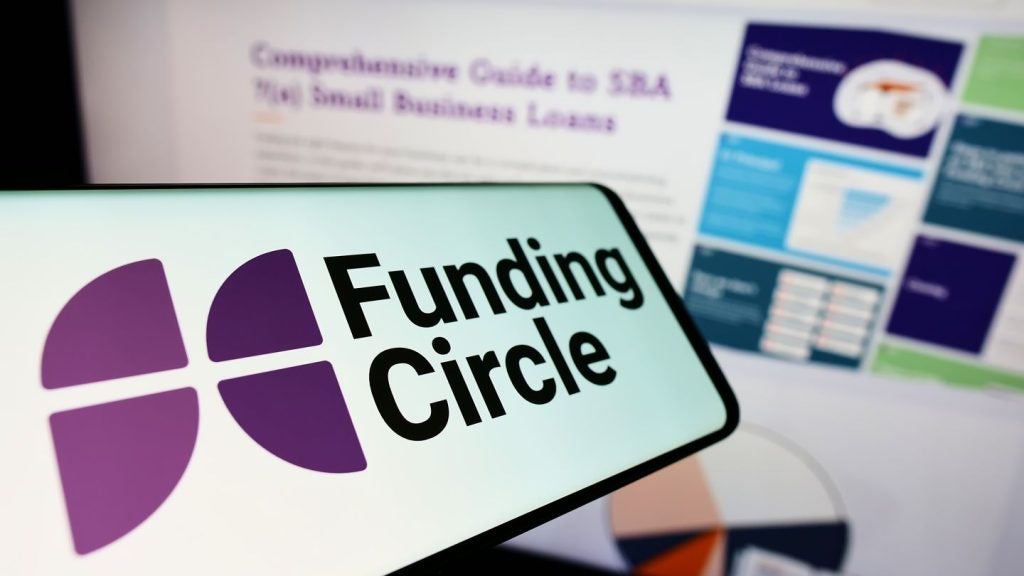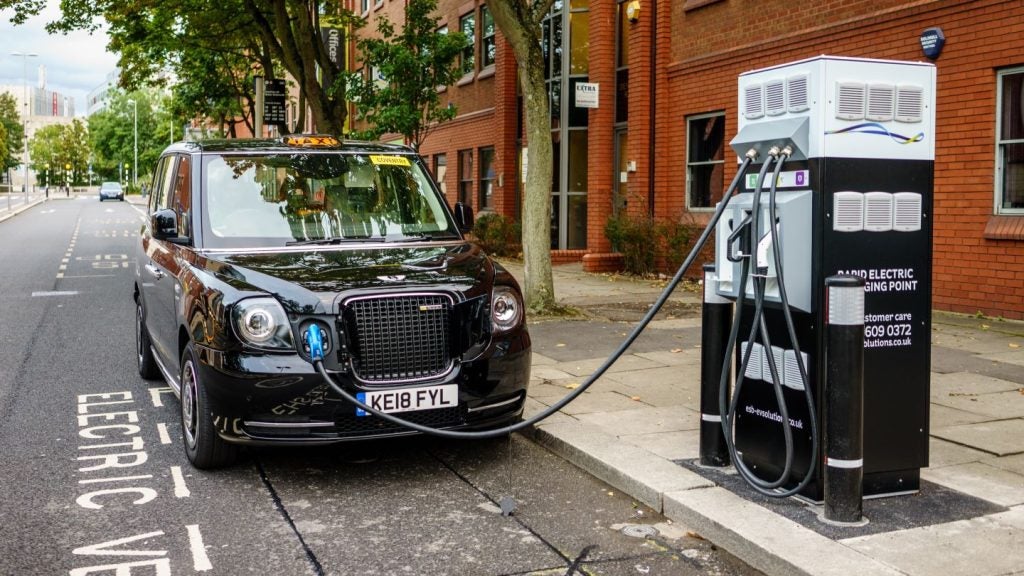Jonnie Keys, international commercial manager at Euro Auctions, Europe’s leading auctioneer of used industrial plant, construction machinery and agricultural equipment, provides an informed perspective on where the growth areas are expected to be over the next few years.
Used construction machinery, agricultural equipment and industrial plant is now accepted as a global commodity, being traded and moved around the planet, going to where it is most needed and where it will command the best prices.
Hence, the demand for quality second-hand equipment will always exist, and buyers will always be prepared to pay a premium to secure a feature-packed machine.
Construction Sector
The global construction machinery market is predicted to reach a value of more than €230bn by 2023, recording a CAGR of almost 8%.
The general trend and demand for all types of general construction machinery, such as backhoes, excavators, diggers, dozers and dumpers, is upwards, with an increasing focus on infrastructure and the development of automation in the construction and manufacturing processes, which is having a significant impact on market growth.
Requirements for specialist machinery for large infrastructure projects, mining and quarrying do move from continent to continent and country to country, depending upon market needs, with buyers and sellers now trading globally. New vehicles equipped with appropriate lower-emission control systems are proving to be a key factor in driving changes and sales in many developed markets.
How well do you really know your competitors?
Access the most comprehensive Company Profiles on the market, powered by GlobalData. Save hours of research. Gain competitive edge.

Thank you!
Your download email will arrive shortly
Not ready to buy yet? Download a free sample
We are confident about the unique quality of our Company Profiles. However, we want you to make the most beneficial decision for your business, so we offer a free sample that you can download by submitting the below form
By GlobalDataChanges in the law have already resulted in a high turnover in replacement equipment being needed, but this is also driving a whole new industry sector when it comes to developing replacement and add-on emission equipment, so users have the possibility to extend the operational lives of plant that they already own.
These changes are also driving demand for machines that are cost-effective and incorporate electric, hybrid and autonomous alternatives to traditional hydraulic, mechanical and operator-driven machines.
Infrastructure projects in the Middle East should create real demand for a variety of equipment that will need to be shipped in to satisfy local requirement. Much of this equipment will be ‘low-tech’ due to the need to maintain and service it locally, so this is a perfect market for the disposal of aging machinery from other markets where it can still deliver productive use and meet demand.
Asia-Pacific countries have also particularly been driving demand within the road construction machinery market, as they pursue state government-sponsored road development programmes.
Renting and Leasing
Surprisingly, a shift in the ownership of equipment is also impacting the top end of the market, as renting or leasing construction equipment has become more popular.
This is partly a result of the rising cost of ownership due to the increased features and functionality and the cost of maintenance, with owners able to optimise utilisation of machinery, and more easily invest in new technologies as older models become obsolete. Saving on the up-front cost from the customer’s perspective is very attractive, helping construction companies to better manage project costs and improve operations and – quite often – profits, particularly on short-term construction projects.
Looking to individual construction markets, the US should be particularly important in 2019, with President Trump pledging $1trn into US infrastructure projects and taking a strong stance on both international trade and immigration. This is expected to stimulate local demand for additional new equipment, which in 2016 reportedly saw almost 160,000 new machines worth well over €20bn being sold. This had a similar knock-on impact and stimulated movements in the used equipment markets.
China is expected to see significant domestic growth in demand for equipment, much of which will also be manufactured in-country. That said, the quality of what Chinese OEMs now manufacture has steadily improved over recent years, with Chinese-made equipment finding followers on the global stage. Dedicated sales and after-sales service operations are being established in many of the already well-established global markets that had previously been the strongholds for European, US and Japanese-manufactured equipment.
China and the Middle East account for six of the top 10 projects currently underway, with the top one being Dubai’s Al Maktoum International Airport, where the second expansion phase alone has an estimated cost of more than €27bn.
There are also the Dubailand retail and Jubail II projects alongside the South-to-North Water Transfer project, Beijing Airport and the Three Gorges Dam projects on the Yangtze River by the town of Sandouping, in Yiling District.
Surprisingly, the Sellafield nuclear site project and the London Crossrail projects also make the top 10, along with the Great Man-Made River project in Libya. All of these are demanding high volumes of equipment and helping fuel market growth.
Other growth areas include the Asia-Pacific region, although both India and Africa are fast pushing on the door to be included in the leading megaproject sector tables, and have several significant projects either commencing or being developed.
Agricultural Growth
The agricultural equipment market is set for significant growth over the next five years and beyond, with estimated worth at around €200bn each year, and a 6-10% growth rate anticipated well into 2025.
The ever-increasing demand for food to feed the growing global population, favourable government policies on agricultural machinery, and the rising adoption of precision or intensive farming, in addition to consumer trends to eat more vegetables, are the key factors driving this trend.
While established markets are relatively easy to track, significant business occurs in the developing world – particularly in the used sector. As much of this is contracted locally, accurate data is difficult to capture.
The past decade has seen diversification within a number of the established markets, leading to growth in non-food-related activities, as ‘traditional’ farming methods move away from labour-intensive farming.
Contractors are, therefore, taking on more of the day-to-day operations, increasing the overall acreage under cultivation, but this being managed by fewer people. This trend is resulting in greater utilisation of existing machinery, and driving demand for larger, more productive machines. The knock-on effect is that quality used, smaller-capacity machines are coming into the auction pipeline – perfect for deployment in the less-developed agricultural markets globally.
Global market players are continually launching new and innovative products in an endeavour to maintain their market share and offer technologically advanced equipment that is more versatile and can directly contribute to achieving higher production yields. General-purpose tractors – which account for just over 33% of all new equipment revenue, with this domination set to continue – along with harvesters and irrigation and crop-processing equipment all feature at the top of the list. Greater flexibility is also a prime driver in the market, helping drive growth in the attachments sector.
Looking geographically, the Asia-Pacific region is expected to dominate overall market growth, aided by China and India as other growth areas, with more efficient harvesting machinery being a key driver.
Europe and North America are also anticipated to show moderate growth for technically advanced equipment, but existing levels of mechanisation will have an impact on this, with much of the new equipment being direct replacements for existing machinery which should ultimately find its way into the less-developed markets.
And to the Future
While the new equipment market has remained relatively static over recent years, 2018 saw several significant changes in the global auction sector. In terms of what types of equipment are currently driving the market, it is fair to say that no matter the machine, its age or its hours, somebody somewhere will be looking for just what you are selling, such is the global demand.
Euro Auctions recently completed its acquisition of Yoder & Frey, significantly strengthening its position in the US. It has also opened new operations in Dubai and Hong Kong, strengthening its position as a truly global player in the trading and deployment of used and, increasingly, nearly new plant and equipment.
Euro Auctions recently celebrated its 20th year. During this time, we have seen significant change in what equipment buyers look for, and how they have accepted that plant and machinery auctions are a sure way of transacting business and acquiring good-quality, low-hours, used or near-new equipment.







